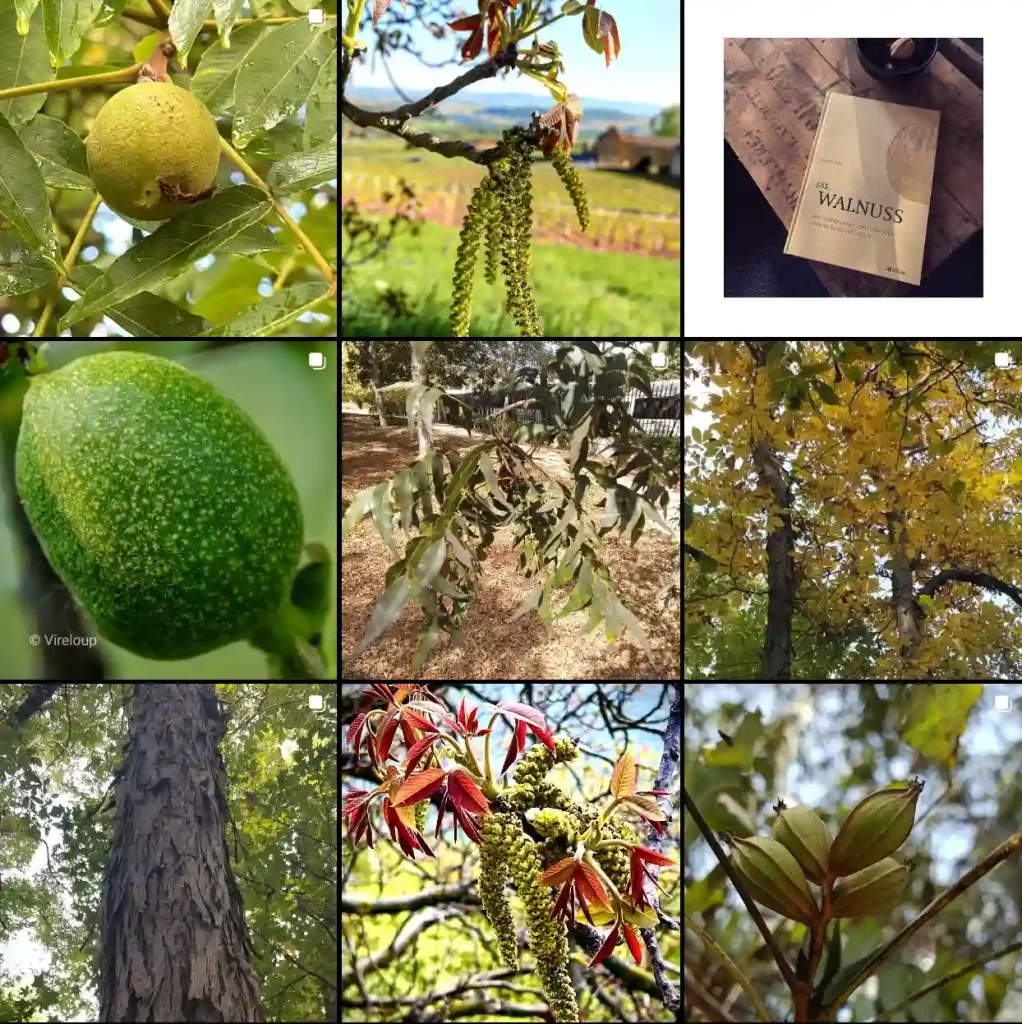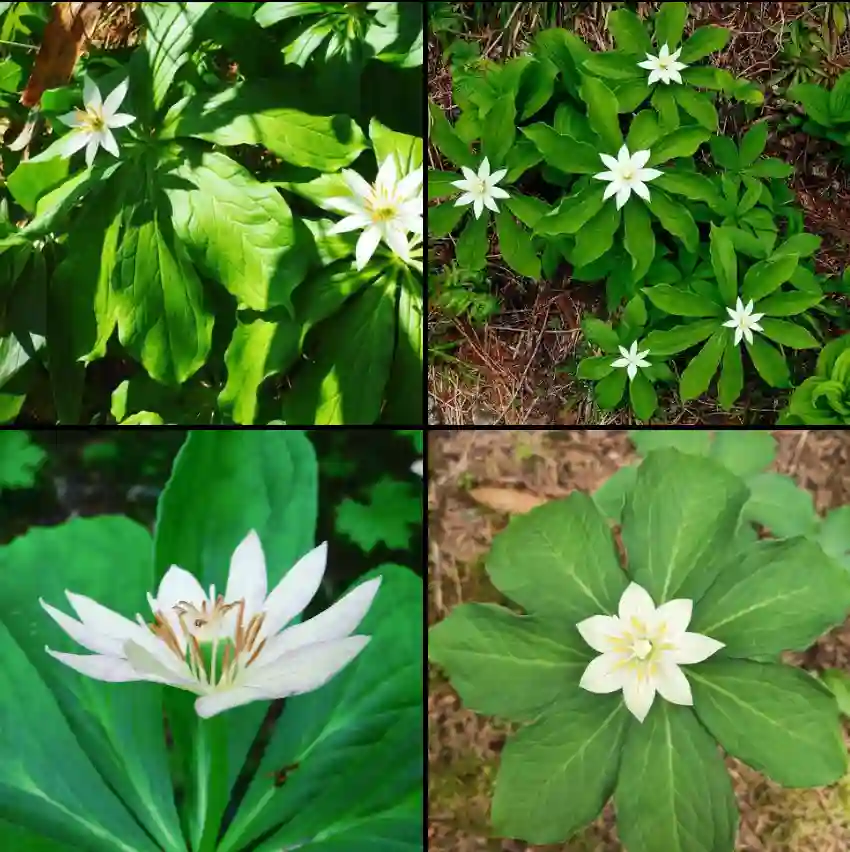Hosta Cathedral Windows: Frequently Asked Questions
Hi, Ferb Vu here. I’m a plant enthusiast with a particular fondness for shade-loving beauties like the Hosta Cathedral Windows. This stunning variety boasts vibrant foliage and a unique charm, making it a popular choice for gardeners. Today, I’m answering some of the most common questions about this captivating hosta.
What is Hosta Cathedral Windows?
Hosta Cathedral Windows is a standout variety known for its striking bicolored leaves. The base of the leaf is a bright, chartreuse gold, edged with a wide, contrasting band of deep forest green. As the season progresses, the leaves mature and take on a dome-shaped form, adding a sculptural element to your garden. In late summer, fragrant, near-white flowers rise gracefully above the foliage, adding a touch of elegance.
31 Species in Genus Hosta
How big does Hosta Cathedral Windows grow?
This vigorous grower matures to form a large clump. Individual leaves can reach a width of 8 inches (20 cm) and a length of 10 inches (25 cm). The clump itself can spread to 2-3 feet (60-90 cm) in diameter, creating a substantial presence in your shade garden.
Where can I plant Hosta Cathedral Windows?
Hosta Cathedral Windows thrives in partial shade to filtered sun. Direct afternoon sun, particularly in hot climates, can scorch the leaves. Aim for morning sun or dappled light throughout the day for optimal growth.
What kind of soil does Hosta Cathedral Windows prefer?
Moist, well-drained soil with high organic content is ideal. Sandy loam is preferable to heavy clay, as it allows for better aeration around the roots. Consider amending clay soil with compost or other organic matter to improve drainage.
How do I care for Hosta Cathedral Windows?
This low-maintenance perennial is a dream for busy gardeners. Here’s the basic care routine:
- Watering: Water regularly, especially during hot and dry periods. Aim to keep the soil consistently moist but not soggy.
- Fertilizing: A light application of balanced fertilizer in early spring can promote healthy growth.
- Mulching: Apply a layer of mulch around the base of the plant in spring to retain moisture, suppress weeds, and regulate soil temperature.
- Deadheading: Once the flowers fade, you can deadhead them to encourage tidiness and potentially prevent unwanted seed formation.
- Dividing: If your Hosta Cathedral Windows gets too large, you can divide it in early spring or late summer to create new plants.
What are some common pests and diseases to watch for?
Slugs and snails can be attracted to the tender leaves of hostas. Apply slug bait in early spring before the leaves unfurl for effective control. Deer may also browse on hostas, so deterrents may be necessary in areas with high deer populations. Hostas are generally disease-resistant, but good garden hygiene, such as removing fallen leaves and debris, can help prevent problems.
Is Hosta Cathedral Windows winter hardy?
Yes, Hosta Cathedral Windows is a resilient plant that tolerates cold temperatures well. In colder climates, apply a winter mulch of evergreen boughs or salt marsh hay after the ground freezes to protect the roots from harsh winter conditions.
How does Hosta Cathedral Windows compare to Hosta Holy Mole?
Hosta Cathedral Windows is often considered a brighter version of Hosta Holy Mole. Both varieties share a similar bicolored leaf pattern, but Hosta Cathedral Windows boasts a more vibrant gold center and a wider green margin. Hosta Holy Mole tends to have a more subdued yellow center and a narrower green edge.
Can I plant Hosta Cathedral Windows with other shade-loving plants?
Absolutely! Hosta Cathedral Windows pairs beautifully with a variety of shade-loving companions. Here are some ideas:
- Ferns like Japanese Painted Fern (Athyrium niponicum) or Maidenhair Fern add a textural contrast.
- Astilbes with their feathery plumes of flowers in pink, white, or lavender create a vibrant combination.
- Heucheras, also known as coral bells, offer a range of colorful foliage that complements the hosta’s gold and green.
- Shade-loving bulbs like tulips and lilies can add a burst of spring color before the hosta foliage emerges.
By incorporating these tips and using your creativity, you can create a stunning shade haven with Hosta Cathedral Windows as the star attraction. Happy planting!
If i die, water my plants!



